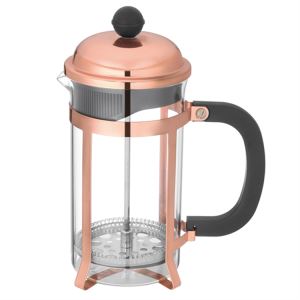


French Press Coffee Pot Cozy
-
Payment


-
Origin
China Mainland
-
Minimum Order
5
-
Packing
Pieces
- Contact Now Start Order
- Description
Product Detail
French press coffee pot cozy
Our company specializes in producing French press. A cylindrical pot with a plunger and built-in filter screen that presses hot water through ground coffee: that's the simple beauty of the French press, method of choice for many the world over, creating an earthy, rich taste in the cup.
1. Product Introduction of the French Press
The french coffee press is made by heat resistant borosilicate glass, resisting high temperature more than 200 degree. Advanced technics makes the products beautiful and practical and durable, strong. Eco-friendly, non-poisonous, all kinds styles.
2. Product Introduction of the French Press
Model NO.: | WY-S018 |
Type: | Coffee Maker&Tea Maker |
Style: | French Press |
Processlng Material: | Coffee Powder&Tea |
Material: | Stainless Steel + Glass |
Package: | One PC/Bag/White Box |
Main Keyword: | French Press |
Specification: | 350ml;600ml;800ml;1000ml |
Capacity: | 1~10 Cups |
Usage: | Home Use, Commercial |
Color: | Natural |
Origin: | China |
HS Code: | 7013490000 |
3. Product Feature And Application of the French Press
Features:
French press pot is a coffee cooking tool made of glass and metal filter screen. When used, put coffee powder and hot water into the pot, then cover the lid with filter screen, press the handle to filter the coffee powder at the bottom of the coffee pot, then pour the coffee out. In addition to coffee, the pressure pot can also be used in the brewing tea and tea.
4. Production Details of the French Press


5. Introduction of factory production and packaging
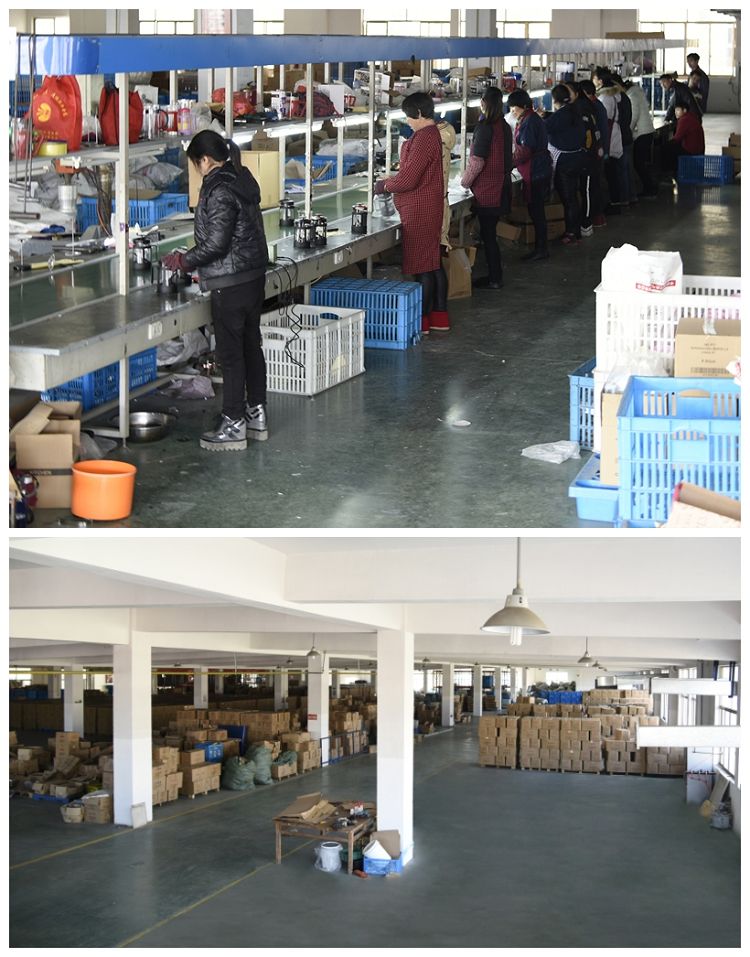
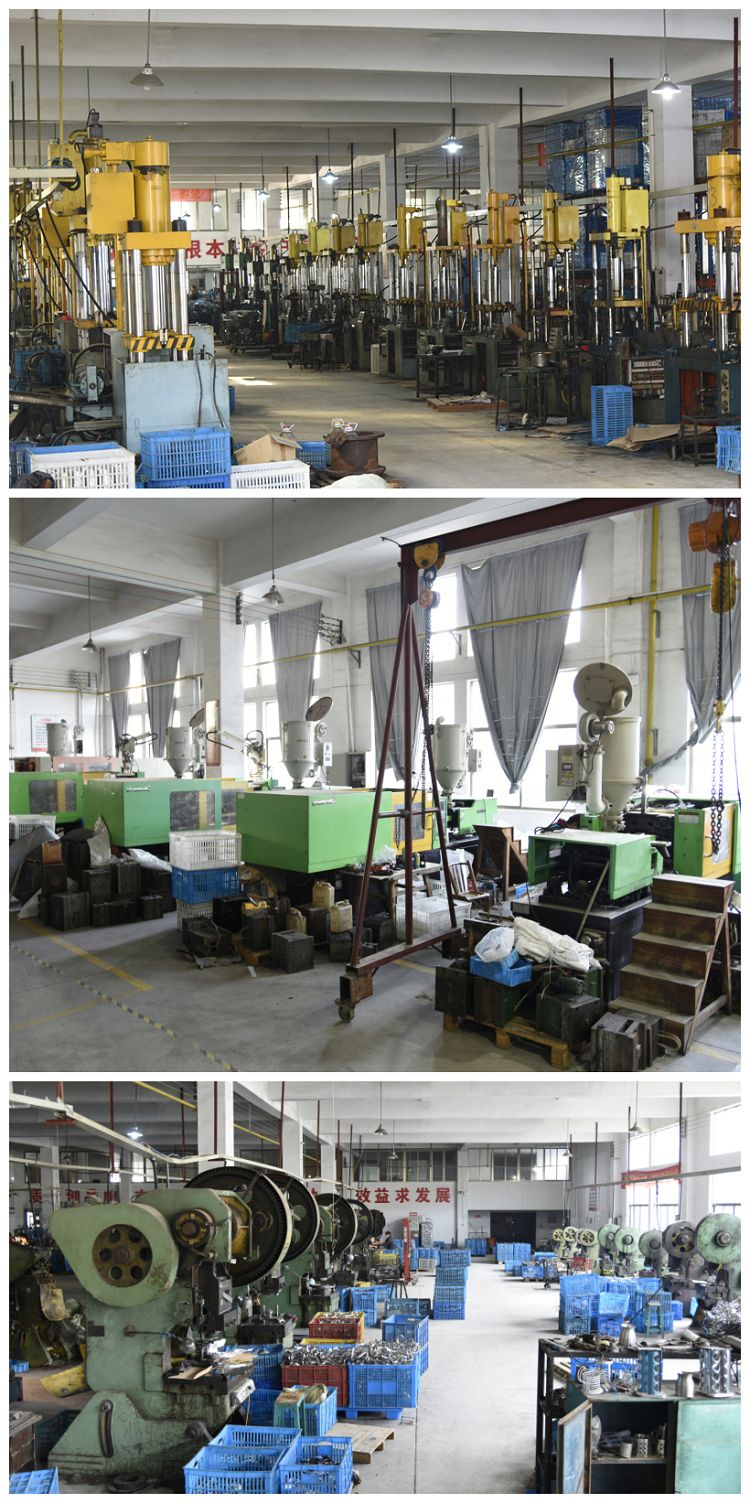
6.French Press Usage method
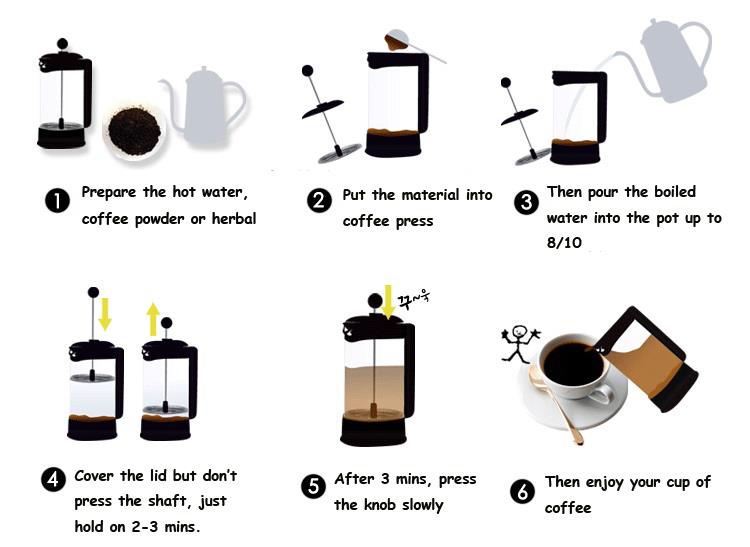
7. French presses are more portable and self-contained than other coffee makers. Travel mug versions exist, which are made of tough plastic instead of the more common glass, and have a sealed lid with a closable drinking hole. Some versions are marketed to hikers and backpackers not wishing to carry a heavy, metal percolator or a filter using drip brew. Other versions include stainless steel, insulated presses designed to keep the coffee hot, similar in design to thermos flasks. One variation uses a "pull" design: the coffee grounds are placed in a mesh basket, which is then pulled into the lid after brewing, trapping the grounds out of the coffee. Others produce a similar effect by having shutters that can be closed via the top of the press, sealing the grounds off from the coffee entirely. French presses are also sometimes used to make cold brew coffee.
The Ethiopian ancestors of today's Oromo ethnic group were the first to have recognized the energizing effect of the native coffee plant. Studies of genetic diversityhave been performed on Coffea arabica varieties, which were found to be of low diversity but with retention of some residual heterozygosity from ancestral materials, and closely related diploid species Coffea canephora and C. liberica; however, no direct evidence has ever been found indicating where in Africa coffee grew or who among the natives might have used it as a stimulant or known about it there earlier than the seventeenth century. The original domesticated coffee plant is said to have been from Harar, and the native population is thought to be derived from Ethiopia with distinct nearby populations in Sudan and Kenya.
Coffee was primarily consumed in the Islamic world where it originated and was directly related to religious practices.
There are several legendary accounts of the origin of the drink itself. One account involves the Yemenite Sufi mystic Ghothul Akbar Nooruddin Abu al-Hasan al-Shadhili. When traveling in Ethiopia, the legend goes, he observed birds of unusual vitality, and, upon trying the berries that the birds had been eating, experienced the same vitality.
Other accounts attribute the discovery of coffee to Sheik Abou'l Hasan Schadheli's disciple, Omar. According to the ancient chronicle (preserved in the Abd-Al-Kadir manuscript), Omar, who was known for his ability to cure the sick through prayer, was once exiled from Mocha to a desert cave near Ousab. Starving, Omar chewed berries from nearby shrubbery, but found them to be bitter. He tried roasting the beans to improve the flavor, but they became hard. He then tried boiling them to soften the bean, which resulted in a fragrant brown liquid. Upon drinking the liquid Omar was revitalized and sustained for days. As stories of this "miracle drug" reached Mocha, Omar was asked to return and was made a saint.
Another account involves a 9th-century Ethiopian goat-herder, Kaldi, who, noticing the energizing effects when his flock nibbled on the bright red berries of a certain bush, chewed on the fruit himself. His exhilaration prompted him to bring the berries to a monk in a nearby monastery. But the monk disapproved of their use and threw them into the fire, from which an enticing aroma billowed, causing other monks to come and investigate. The roasted beans were quickly raked from the embers, ground up, and dissolved in hot water, yielding the world's first cup of coffee. Since this story is not known to have appeared in writing before 1671, 800 years after it was supposed to have taken place, it is highly likely to be apocryphal.
- Red Square French Press 5 Pieces / (Min. Order)
- Silver Grey French Press 5 Pieces / (Min. Order)
- Gold Spray Paint French Press 5 Pieces / (Min. Order)
- Champagne Square French Press 5 Pieces / (Min. Order)
- Brass French Press 5 Pieces / (Min. Order)
- Heat Resistant Borosilicate Glass Tea Maker 5 Pieces / (Min. Order)
- French Press with Stainless Steel Handle 5 Pieces / (Min. Order)
- French Press with Filter 5 Pieces / (Min. Order)
- Borosilicate Glass Coffee Tea Maker 5 Pieces / (Min. Order)
- Spray Color French Press 5 Pieces / (Min. Order)
- Coffee Tea Makers French Press 5 Pieces / (Min. Order)
- Brew Tea Coffee Maker 5 Pieces / (Min. Order)
- The Best French Press Pot 5 Pieces / (Min. Order)
- 8 Cup French Press 5 Pieces / (Min. Order)
- Best French Press Coffee Pot 5 Pieces / (Min. Order)
- French Press Plunger 5 Pieces / (Min. Order)
- Line Handle Round Cover French Press 5 Pieces / (Min. Order)
- French Tea Press Pots 5 Pieces / (Min. Order)
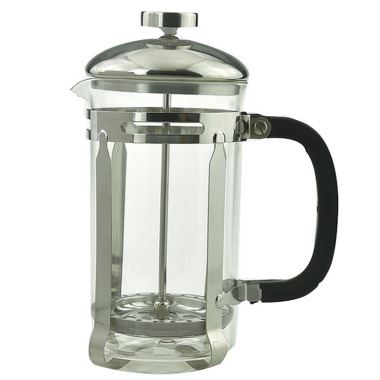
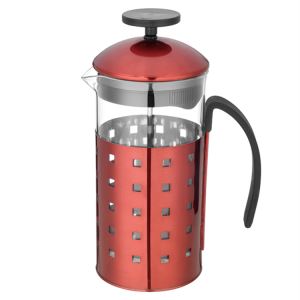
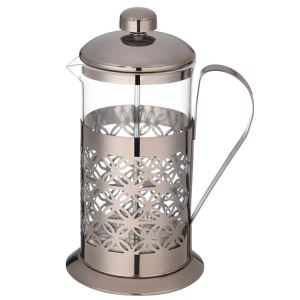
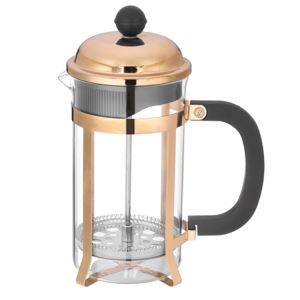
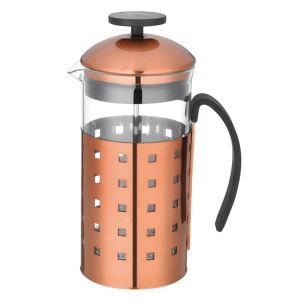
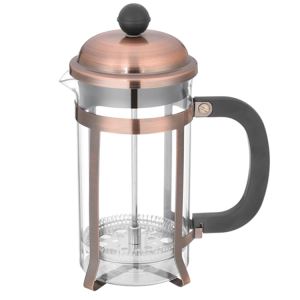

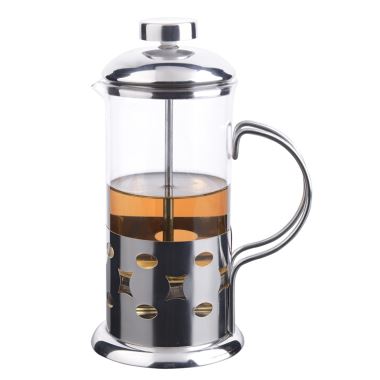
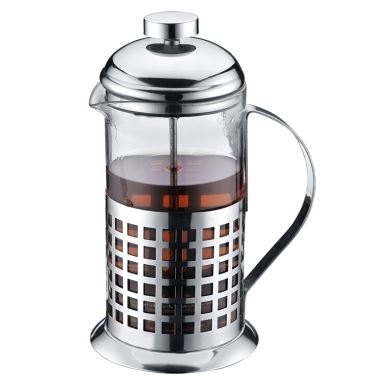
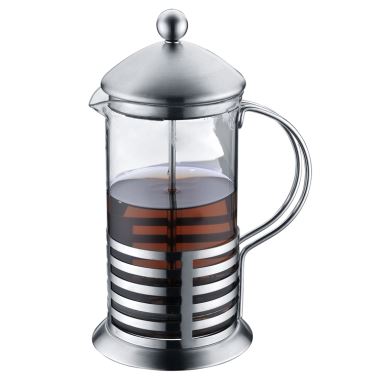
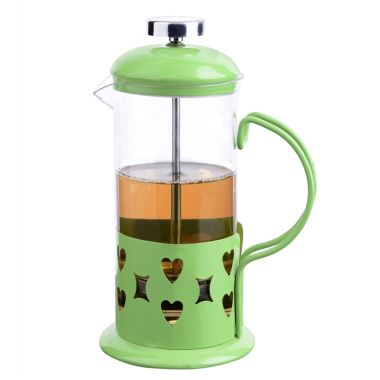
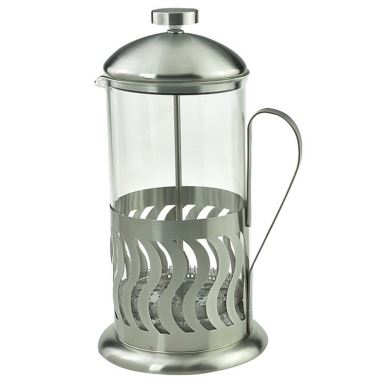

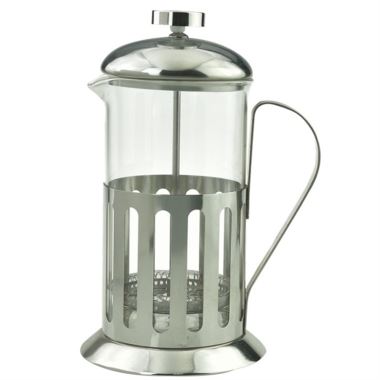
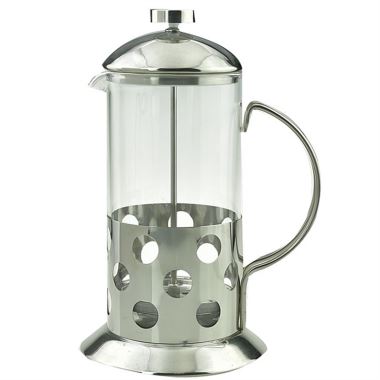
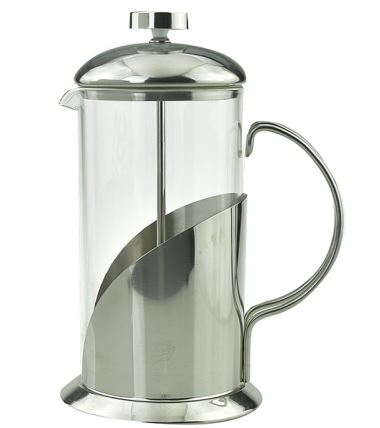
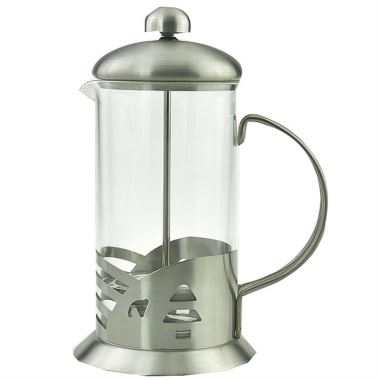
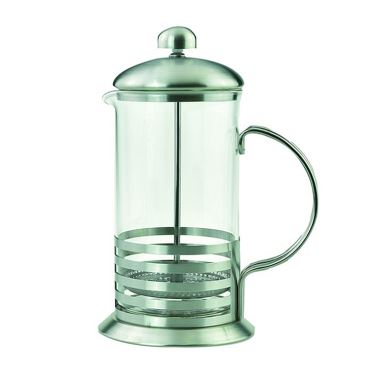

 Favorites
Favorites

